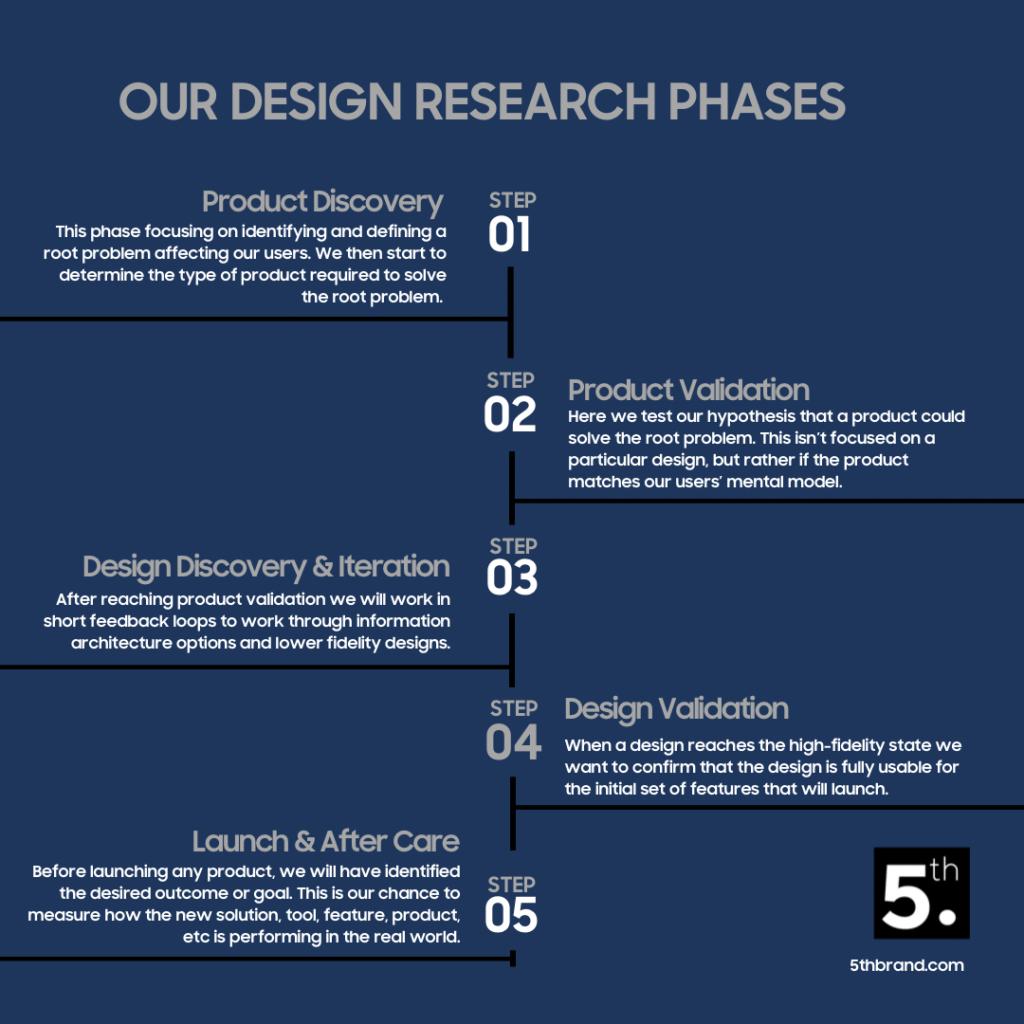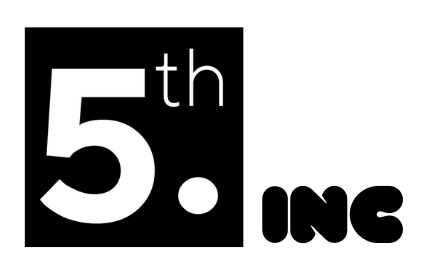There are two main categories of design research, discovery, and validation. Discovery research aims to focus on identifying needs and opportunities while validation research acts as a way for us to check our understanding and proposed solution.
Research projects can start anywhere along this path. We often feel comfortable enough to start with Design Discovery, but should we find through user testing that we missed the mark, we may shift backward into the product discovery/validation steps.
Generative/Exploratory Research
Get a lay of the land
Sometimes referred to as Exploratory Research, this research phase is focused helping you to determine what to work on next. The goal is to determine business opportunities and answer larger What If?questions.
Methods to use:
User Interviews
Contextual Inquiries
Ethnographic studies
Competitive Analysis
Review user analytics
Surveys

Product Discovery
What’s the problem?
This phase focusing on identifying and defining a root problem affecting our users. We then start to determine the type of product required to solve the root problem. During this part of the research process, we are focused heavily on mapping our user’s mental model.
Methods to use:
User Interviews
Card Sort
Process mapping
User journeys
Product Validation
What’s the MVP solution?
Here we test our hypothesis that a product could solve the root problem. This isn’t focused on a particular design, but rather if the product matches our users’ mental model. During this validation step, we should also have a very clear understanding of the minimum feature set and the prioritization of the full feature set.
Methods to use:
Low-Fi Prototypes
User Tests
Design Discovery & Iteration
What does that solution look like?
After reaching product validation we will work in short feedback loops to work through information architecture options and lower fidelity designs. Each round focuses on increasing fidelity in the design and testing that level with a segment of our user base.
Methods to use:
Co-creative exercises (like RITE sessions)
Card sorting
Usability Tests
Design Validation
Confirm this product and design solve the original problem.
When a design reaches the high-fidelity state we want to confirm that the design is fully usable for the initial set of features that will launch. Test with users using a staging server or extremely polished InVision prototypes. Use these tests to also determine friction points and prioritize fast-follow updates to the product.
Methods to use:
High-Fidelity Usability Tests
Pilot Tests with a small group of users
Launch & After Care
How is the solution holing up in production?
Before launching any product, we will have identified the desired outcome or goal. This is our chance to measure how the new solution, tool, feature, product, etc is performing in the real world. We can measure how it performed based on pre-defined goals, conduct user interviews to prioritize fast-follow updates (start this about 2-3 weeks after launch to avoid impact bias), and ensure that it’s addressing the original problem we defined.
Methods to use:
Review instrumented analytics (Google Analytics, FullStory, etc)
Contextual inquiries/user shadowing
User Interviews



